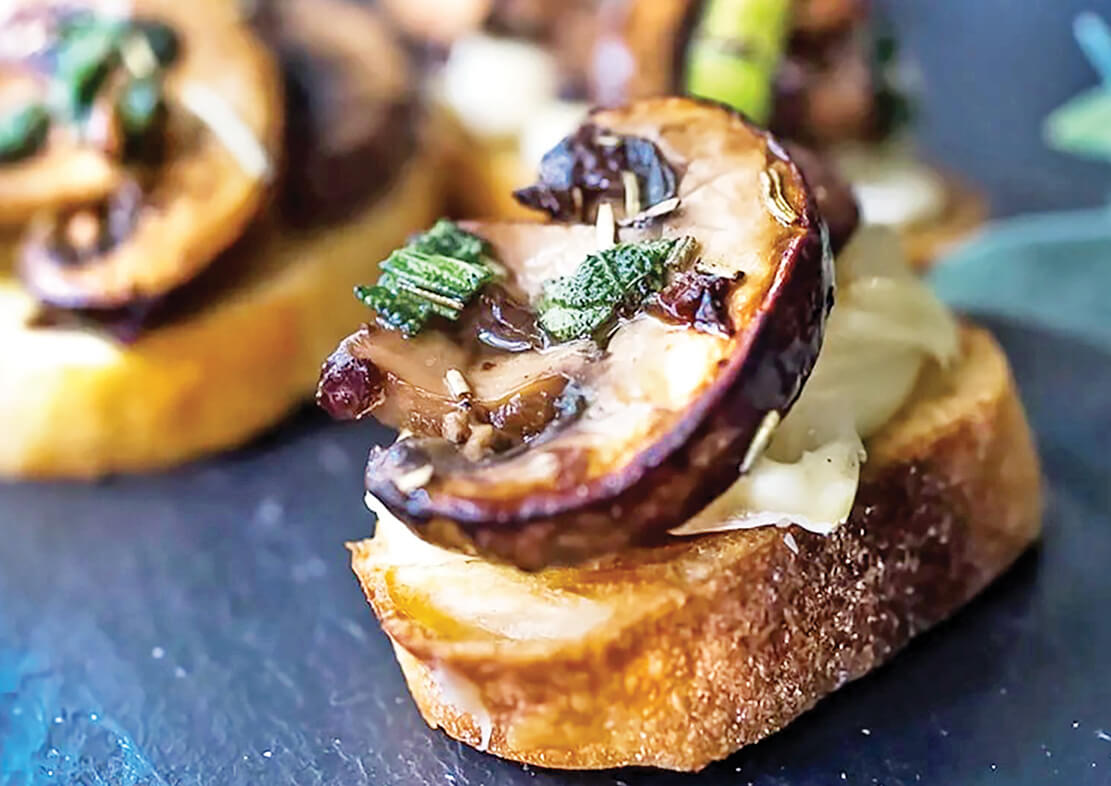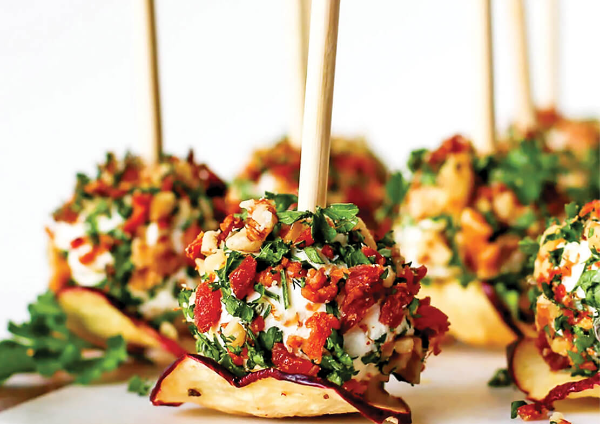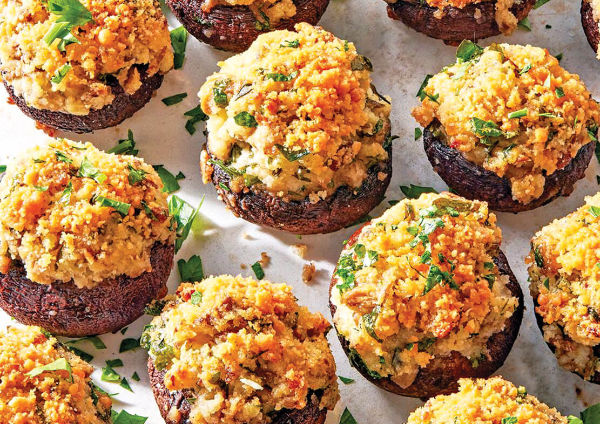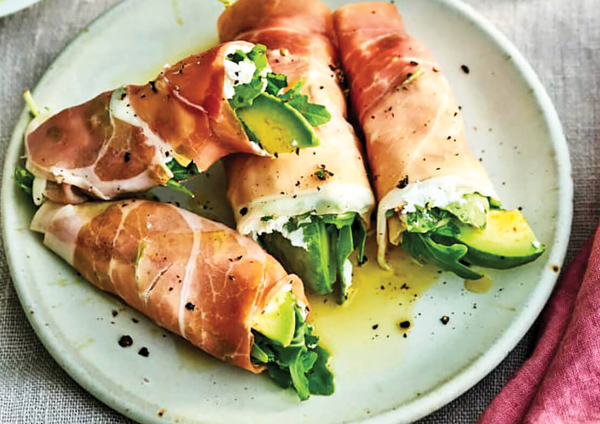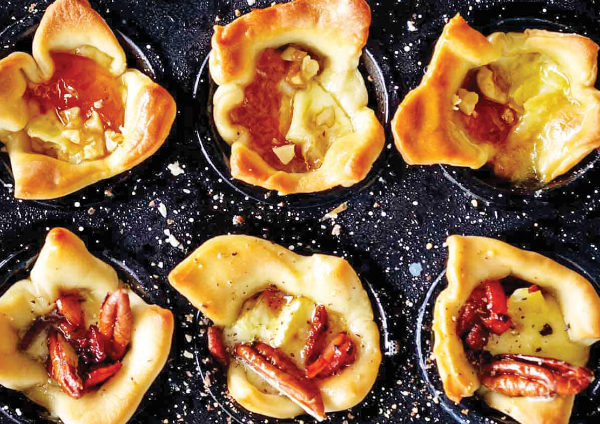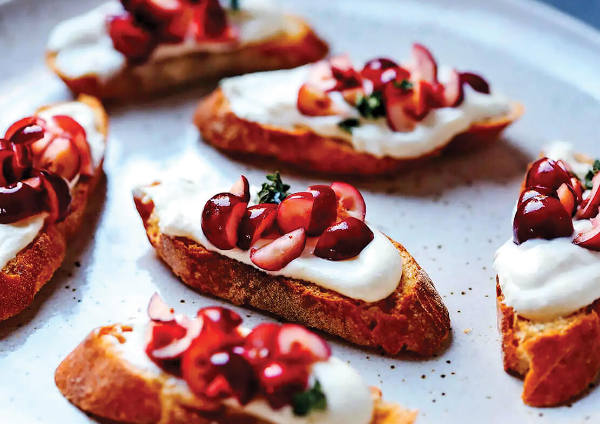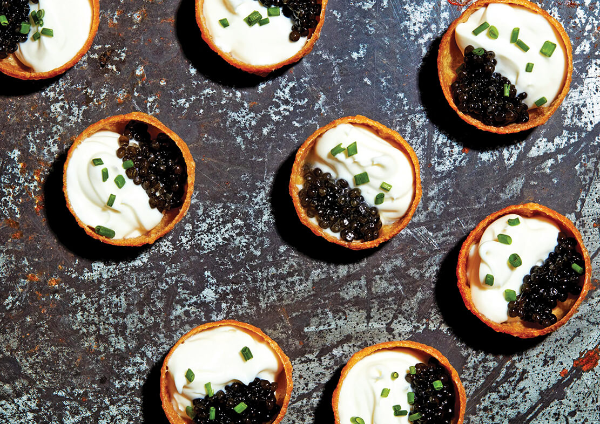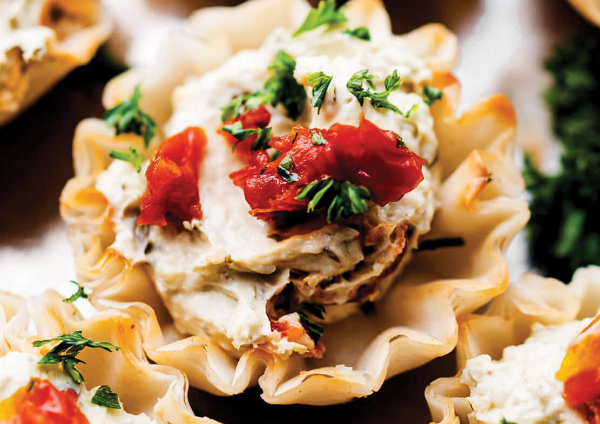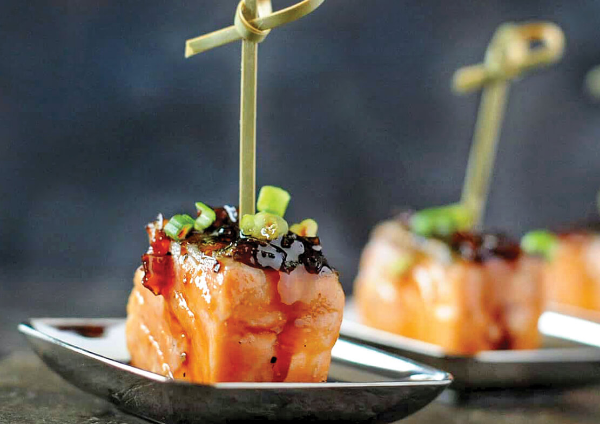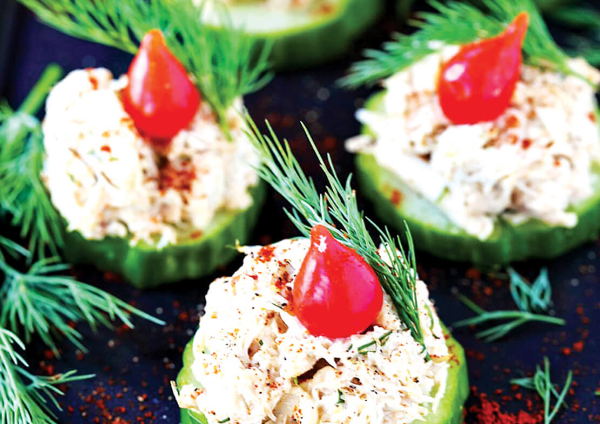No Party Sans Hors d'Oeuvres
No Party Sans Hors d'Oeuvres
Here's a platter of some delicious and attractive finger foods to get you going, recipes et al
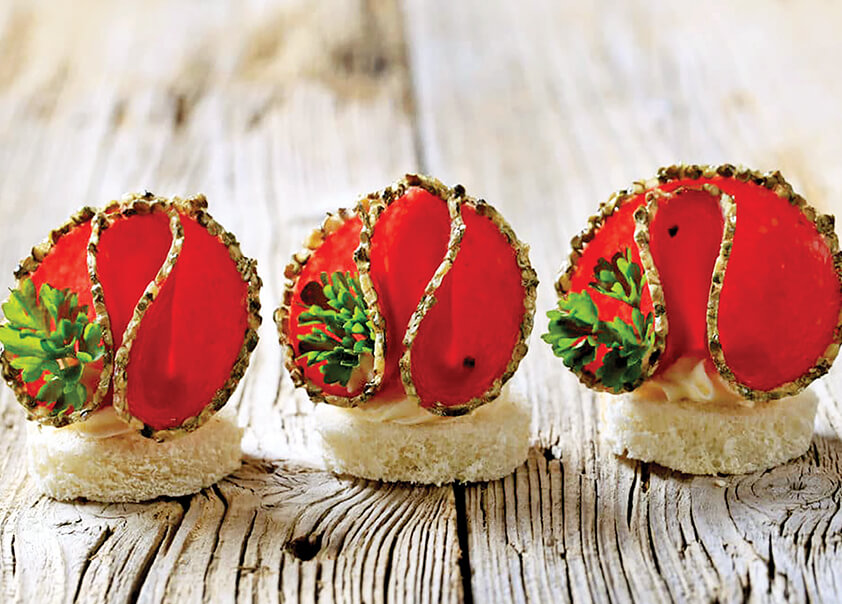
Text: Farzana Contractor
Let’s first learn to pronounce hors d’ oeuvres correctly. It’s AW + DURV. Quite simple if you forget the spelling, which makes the pronunciation pretty difficult. The best way to learn to say foreign words correctly is simply to learn the sounds. French is a tough one for a novice. And unfortunately, high-end menus are always so darn French!
I remember when I first came out into the world of fancy cuisines, exposed to fine-dining as it were, I was quite askance. I wished I had paid more attention to Miss Kharas, at French classes, while at St. Agnes, my school. It’s another matter that thanks to my German penpal and Goethe Institute I took to German, a phonetic language, far better. But German food was never a big hit with me. Half of it was pork, something I don’t even care to glance at. But French cuisine was certainly acceptable. Though the French language wasn't. Mais non!
Well, Aw Durv, oops, hors d’oeuvres was always something I liked. Even today I much prefer small bites to a main course, and finger foods for me are just fine.
So what is hors d’ oeuvres?
It’s an appetiser. A mouthful of something delicious to get you going. It's savoury, not sweet, hot or cold, which is served at the start of an evening, accompanied by drinks, usually cocktails. It’s what you nibble at as you mingle around at a party or a reception. It’s something which servers serve you, laden on trays and which you pick with minimum fuss or paraphernalia. With a toothpick or a tiny wooden throwaway fork or as in my case almost always with your fingers. Less chances of dropping it on your clothes or worse, on those around, that you are mingling with.
Hors d’ oeuvres also have another important purpose. Let’s say if the period between the arrival of guests and the time the meal to be served gets extended then these little bites come in handy, helping sustain hunger.
So what contributes to the different types of hors d'oeuvres? Well, it could be hot sausages, smoked fish or meat. It could be cold pâtés, oysters, stuffed mushrooms, cheese, crudités or canapés which are classic hors d’oeuvres. It could also be empanadas, wontons, devilled eggs, teatime sandwiches. Or closer home, kebabs, pakoras or even mini idlis and medu vadas.
Hors d’ oeuvres can be wrapped − as in a food item or filling encased in a thin sheet of another food item, picked or skewered. Or rolled – food layered together and then rolled into a cylinder. Food that is too moist is served on a cocktail pick or if two or three pieces of food are threaded together on a pick, it is called a skewered hors d’ oeuvre. Popular items would include marinated vegetables, cheese balls and chilled seafood such as shrimps and smoked salmon.
But where and when did the concept of this tradition of hors d’oeuvres begin? Well, there are food historians who believe it may have begun in Russia where small snacks of fish, caviar and meats were commonly served. Others believe it may have originated in China and then come into Russia and Scandinavia through the Steppes, travelling further down into France and other European countries such as Italy and Greece extending to the Balkans and even Persia. Which is what explains the many national customs that are related. Like the Swedish smorgasbord, Russian zakuska, Middle Eastern mezze and the Italian antipasto.
Through the Middle Ages formal French meals were served with small dishes, entremets (meaning between servings). But by the end of the Middle Ages, the concept had evolved almost entirely into dinner entertainment in the form of inedible ornaments or acted performances. In English it was more commonly known as "subtlety" and did not include acted entertainment but most famously did have live blackbirds flying out of a pie, a scene immortalised in the folk song Sing a Song of Sixpence.
During this same period an entremet marked the end of a course and could be anything from a simple frumenty (a type of wheat porridge) that was brightly coloured with exotic and expensive spices, to elaborate models of castles complete with wine fountains, musicians and food modelled into allegorical scenes. Food that was intended to be eaten as well as entertain can be traced back, at least, to the early Roman Empire! Dishes that were meant to function as a ‘conversation piece’. Like when the entremets took on the shape of “illusion foods” such as peacocks or swans that were skinned, cooked and seasoned and then redressed in their original plumage…
Fortunately for us in the 21st century, hors d'oeuvres took on a simpler meaning and thankfully we can enjoy some good bites downed with some good wines!


